Hong Kong (CNN Business)British researchers have identified 50 new planets using artificial intelligence, marking a technological breakthrough in astronomy.
Astronomers and computer scientists from the University of Warwick built a machine learning algorithm to dig through old NASA data containing thousands of potential planet candidates. It’s not always clear, however, which of these candidates are genuine. When scientists search for exoplanets (planets outside our solar system), they look for dips in light that indicate a planet passing between the telescope and their star. But these dips could also be caused by other factors, like background interference or even errors in the camera.
But the new AI can tell the difference. The research team trained the algorithm by having it go through data collected by NASA’s now-retired Kepler Space Telescope, which spent nine years in deep space on a world-hunting mission. Once the algorithm learned to accurately separate real planets from false positives, it was used to analyze old data sets that had not yet been confirmed — which is where it found the 50 exoplanets.Read MoreThese 50 exoplanets, which orbit around other stars, range in size from as large as Neptune to smaller than Earth, the university said in a news release. Some of their orbits are as long as 200 days, and some as short as a single day. And now that astronomers know the planets are real, they can prioritize them for further observation.The researchers’ findings were published last week in the Monthly Notices of the Royal Astronomical Society.”In terms of planet validation, no-one has used a machine learning technique before,” said David Armstrong of the University of Warwick, one of the study’s lead authors, in the news release. “Machine learning has been used for ranking planetary candidates but never in a probabilistic framework, which is what you need to truly validate a planet.”
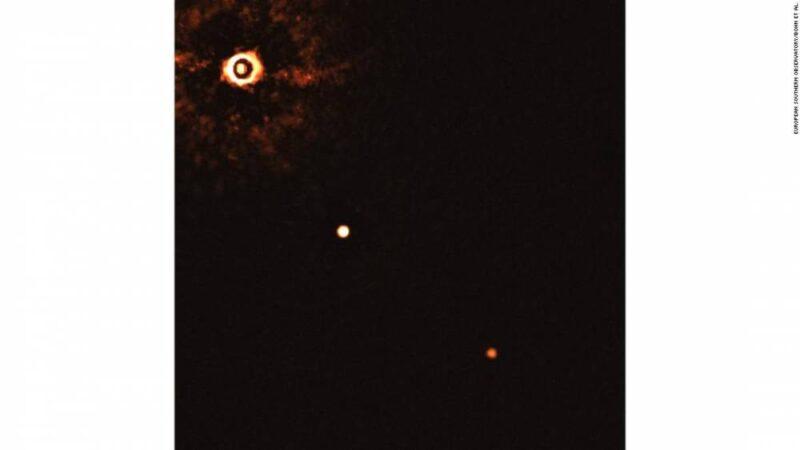
Photos: Weird and wonderful planets beyond our solar systemThis image shows a young sun-like star being orbited by two gas giant exoplanets. It was taken by the SPHERE instrument on European Southern Observatory’s Very Large Telescope. The star can be seen in the top left corner, and the planets are the two bright dots.Hide Caption 1 of 65
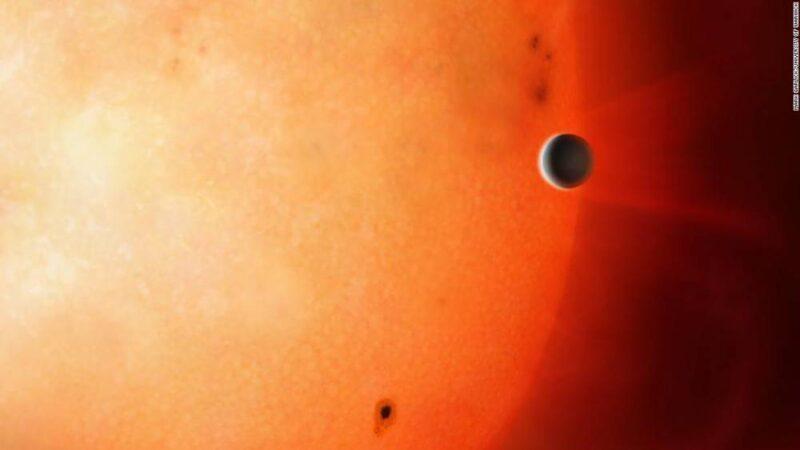
Photos: Weird and wonderful planets beyond our solar systemThis artist’s impression shows a Neptune-sized planet in the Neptunian Desert. It is extremely rare to find an object of this size and density so close to its star. Hide Caption 2 of 65
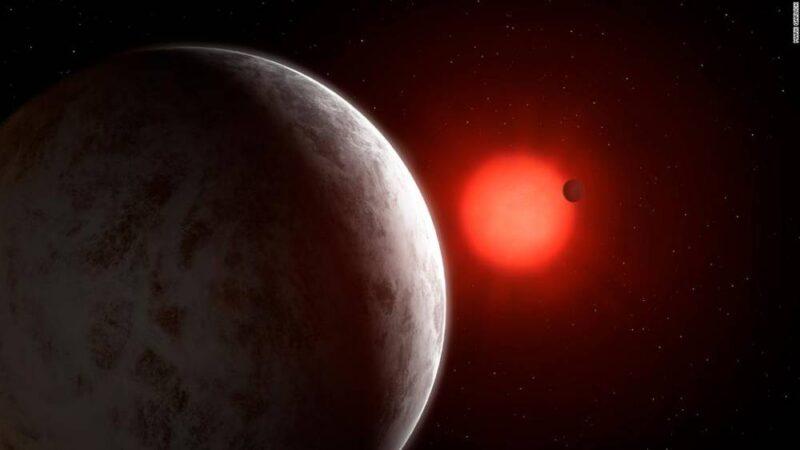
Photos: Weird and wonderful planets beyond our solar systemThis is an artist’s impression of the multiplanetary system of newly discovered super-Earths orbiting a nearby red dwarf star called Gliese 887.Hide Caption 3 of 65

Photos: Weird and wonderful planets beyond our solar systemThe newly discovered exoplanet AU Mic b is about the size of Neptune.Hide Caption 4 of 65
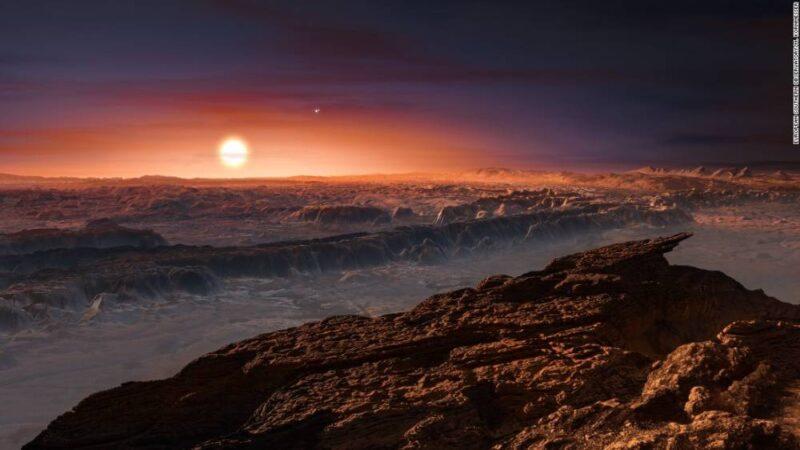
Photos: Weird and wonderful planets beyond our solar systemThis artist’s impression shows a view of the surface of the planet Proxima b orbiting the red dwarf star Proxima Centauri, the closest star to the Solar System. Proxima b is a little more massive than the Earth.Hide Caption 5 of 65

Photos: Weird and wonderful planets beyond our solar systemThis is an artist’s illustration of an exoplanet’s atmosphere with a white dwarf star visible on the horizon. The starlight of a white dwarf filtered through the atmosphere of an exoplanet that’s orbiting it could reveal if the planet has biosignatures.Hide Caption 6 of 65
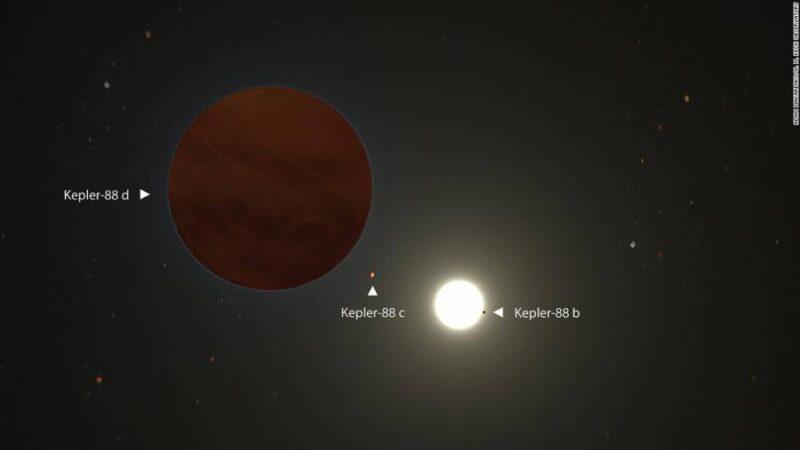
Photos: Weird and wonderful planets beyond our solar systemThis is an artist’s illustration of the Kepler-88 planetary system, where one giant exoplanet and two smaller planets orbit the Kepler-88 star. The system is more than 1,200 light-years away. Hide Caption 7 of 65

Photos: Weird and wonderful planets beyond our solar systemThis is an illustration of newly discovered exoplanet Kepler-1649c orbiting around its host red dwarf star. Hide Caption 8 of 65
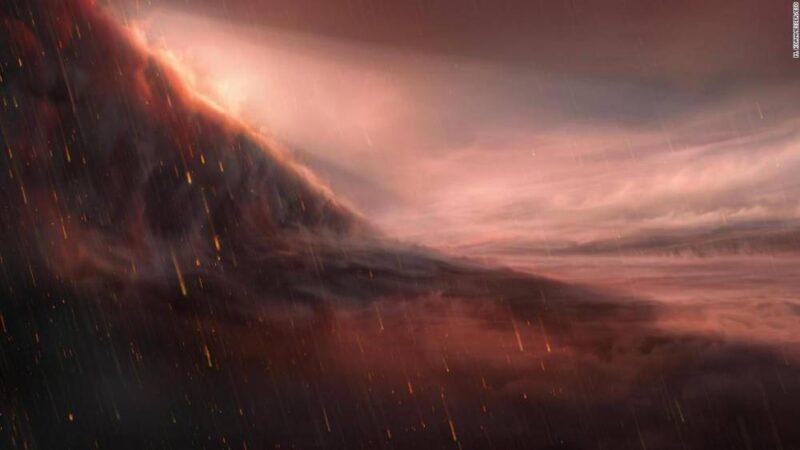
Photos: Weird and wonderful planets beyond our solar systemThis artist’s illustration shows the night-side view of the exoplanet WASP-76b, where iron rains down from the sky. Hide Caption 9 of 65

Photos: Weird and wonderful planets beyond our solar systemThis is an artist’s concept of a ringed planet passing in front of its host star. It shows how “puffy” a ringed planet may look to us from afar.Hide Caption 10 of 65
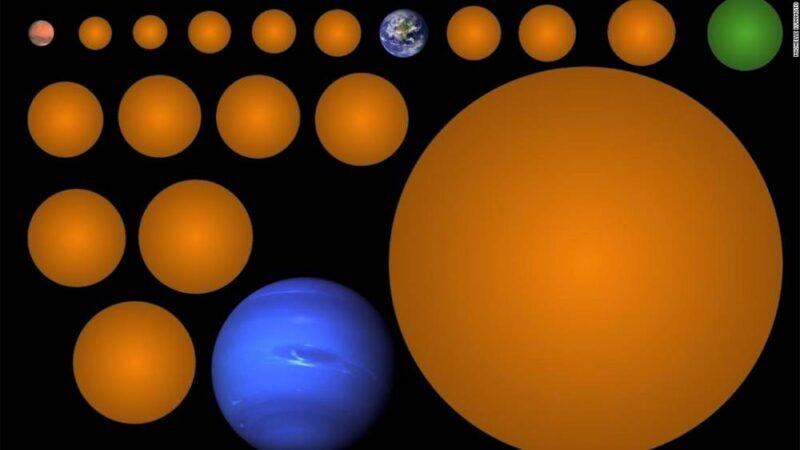
Photos: Weird and wonderful planets beyond our solar systemThe sizes of the 17 new planet candidates, seen here in orange, are compared to colorized representations of Mars, Earth and Neptune. The green planet is KIC-7340288 b, a rocky planet in the habitable zone of its star.Hide Caption 11 of 65

Photos: Weird and wonderful planets beyond our solar systemArtist’s impression of K2-18b. CREDIT Amanda SmithHide Caption 12 of 65
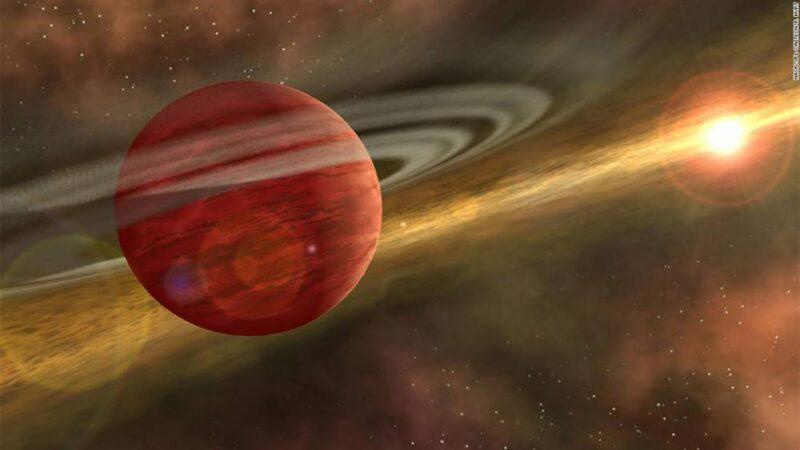
Photos: Weird and wonderful planets beyond our solar systemThis is an artist’s illustration a massive planet orbiting a cool, young star. In the case of the newly discovered system, the planet is 10 times more massive than Jupiter, and the orbit of the planet is nearly 600 times that of Earth around the sun.Hide Caption 13 of 65

Photos: Weird and wonderful planets beyond our solar systemWelcome to the KELT-9 system. The host star is a hot, rapidly rotating A-type star that is about 2.5 times more massive and almost twice as hot as our sun. The hot star blasts its nearby planet KELT-9b with massive amounts of radiation, leading to a daylight temperature of 7800 degrees Fahrenheit, hotter that most stars and only 2000 degrees cooler than the sun.Hide Caption 14 of 65
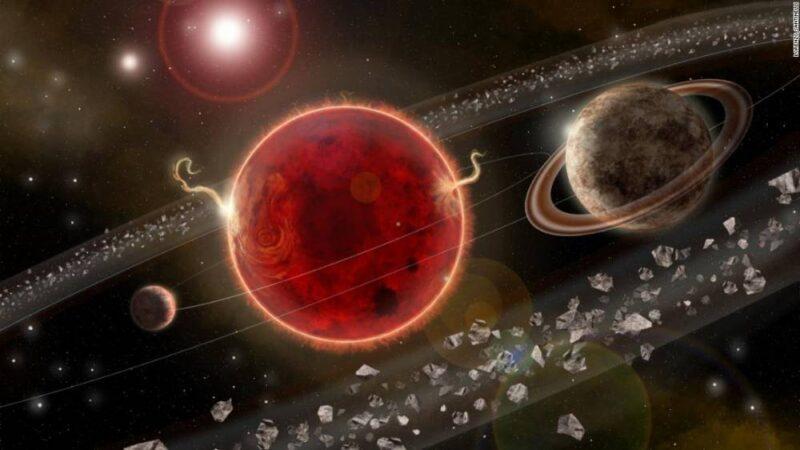
Photos: Weird and wonderful planets beyond our solar systemThis is an artist’s rendering of the Proxima Centauri planetary system. The newly discovered super-Earth exoplanet Proxima c, on the right, has an orbit of about 5.2 Earth years around its host star. The system also comprises the smaller Proxima b, on the left, discovered in 2016. Illustration by Lorenzo Santinelli.Hide Caption 15 of 65

Photos: Weird and wonderful planets beyond our solar systemThis is an artist’s concept of GJ180d, the nearest temperate super-Earth to us with the potential to support life.Hide Caption 16 of 65
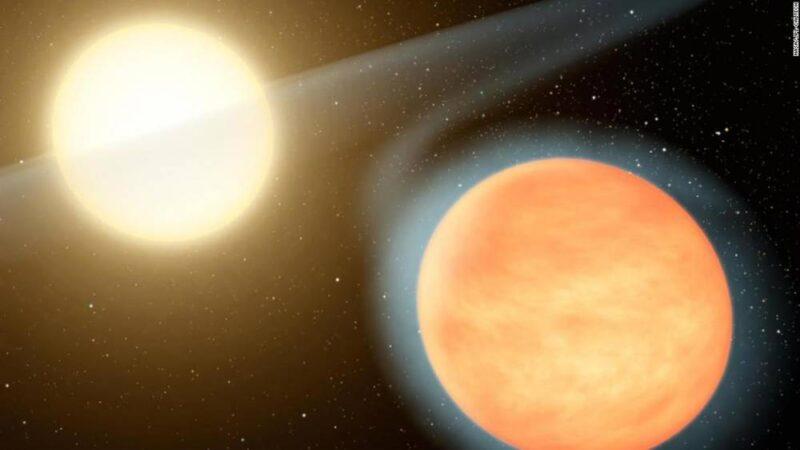
Photos: Weird and wonderful planets beyond our solar systemAn illustration of WASP-12b as it spirals in a death dance towards its star. The planet will meet its end in three million years.Hide Caption 17 of 65

Photos: Weird and wonderful planets beyond our solar systemTOI 700 d is the first potentially habitable Earth-size planet spotted by NASA’s planet-hunting TESS mission.Hide Caption 18 of 65
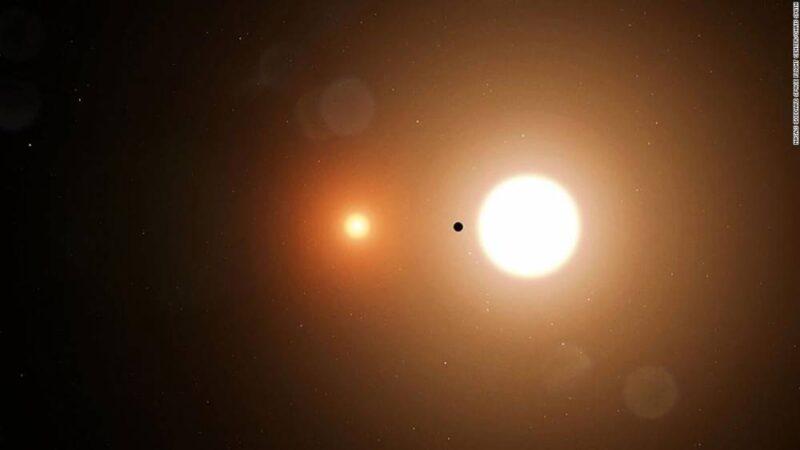
Photos: Weird and wonderful planets beyond our solar systemTOI 1338 b is silhouetted by its two host stars, making it the first such discovery for the TESS mission. TESS only detects transits from the larger starHide Caption 19 of 65

Photos: Weird and wonderful planets beyond our solar systemThis artist’s illustration shows a wet exoplanet with an oxygen atmosphere. The red sphere is the M-dwarf star the exoplanet orbits. Hide Caption 20 of 65
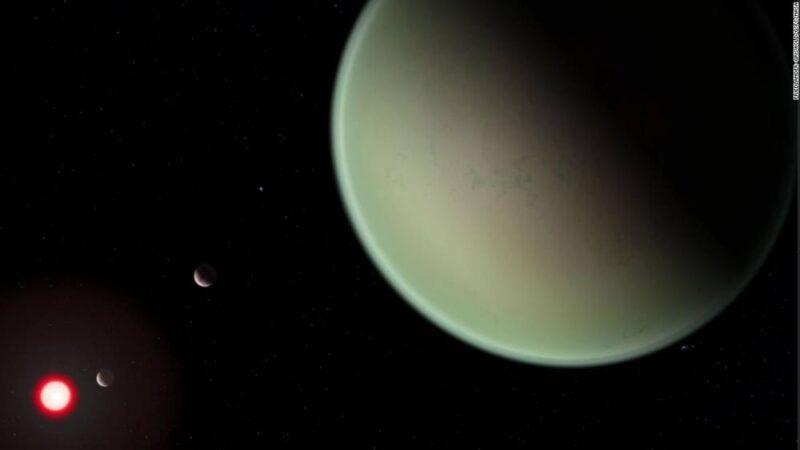
Photos: Weird and wonderful planets beyond our solar systemThis artist’s illustration shows a dry exoplanet with an oxygen atmosphere. The red sphere is the M-dwarf star the exoplanet orbits. Hide Caption 21 of 65

Photos: Weird and wonderful planets beyond our solar systemThis artist’s illustration of the Kepler 51 system shows newly discovered super-puff exoplanets, which are also called “cotton candy” exoplanets because they’re so lightweight.Hide Caption 22 of 65
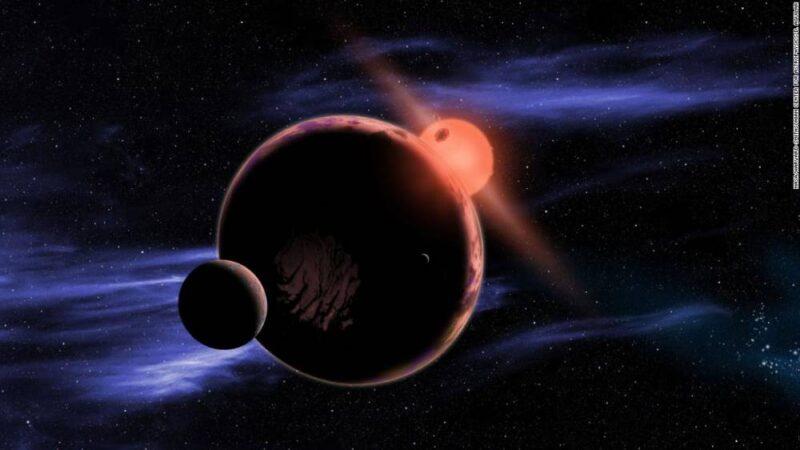
Photos: Weird and wonderful planets beyond our solar systemThis artist’s concept illustration shows an exoplanet with two moons orbiting within the habitable zone of a red dwarf star. Hide Caption 23 of 65

Photos: Weird and wonderful planets beyond our solar systemThis is an artist’s illustration of two exoplanets colliding in a binary star system.Hide Caption 24 of 65
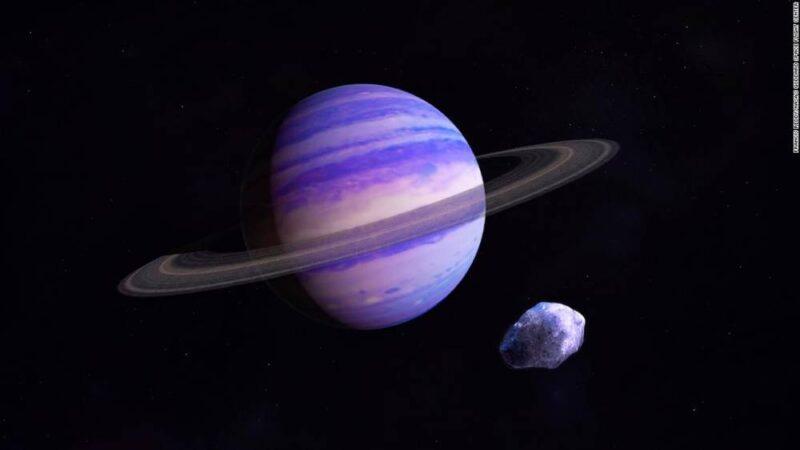
Photos: Weird and wonderful planets beyond our solar systemThis is an artist’s illustration of a Neptune-type exoplanet in the icy outer reaches of its star system. It could look something like a large, newly discovered gas giant that takes about 20 years to orbit a star 11 light years away from Earth.Hide Caption 25 of 65

Photos: Weird and wonderful planets beyond our solar systemThis image shows a comparison of red dwarf star GJ 3512 to our solar system, as well as other nearby red-dwarf planetary systems. Hide Caption 26 of 65
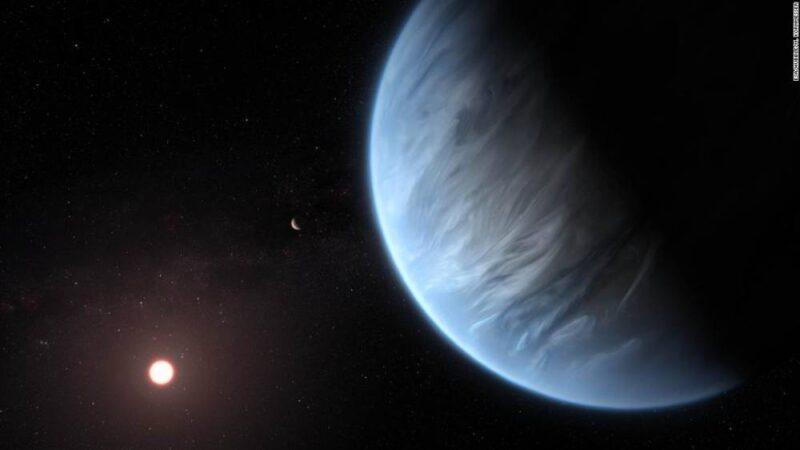
Photos: Weird and wonderful planets beyond our solar systemThis artist’s illustration showcases exoplanet K2-18b orbiting its host star. It’s currently the only super-Earth exoplanet that has water vapor in its atmosphere and could be within the right temperature to support life. Hide Caption 27 of 65

Photos: Weird and wonderful planets beyond our solar systemThis is an illustration of an exomoon losing mass as it’s being pulled around the gas giant it orbits. Hide Caption 28 of 65
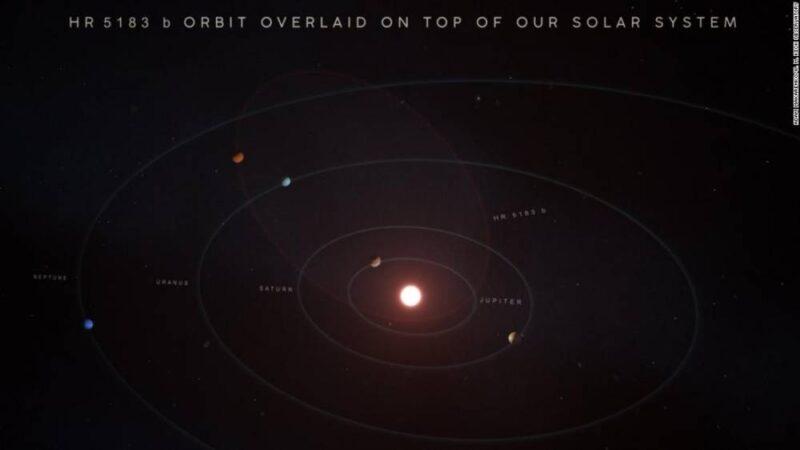
Photos: Weird and wonderful planets beyond our solar systemAn illustration shows what the orbit of exoplanet HR 5183 b would look like if it was dropped down in our solar system. It would likely swing from the asteroid belt to out past Neptune, the eighth planet in our solar system.Hide Caption 29 of 65

Photos: Weird and wonderful planets beyond our solar systemAt least two giant planets, aged 20 million years at most, orbit the Beta Pictoris star. A disk of dust and gas surrounding the star can be seen in the background.Hide Caption 30 of 65
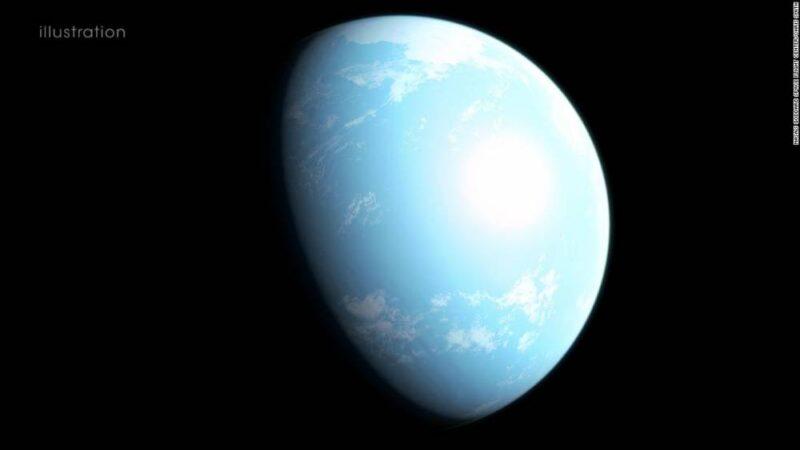
Photos: Weird and wonderful planets beyond our solar systemThis is an artist’s interpretation of what super-Earth GJ 357 d might look like. It lies within the habitable zone of its star which is 31 light-years from Earth.Hide Caption 31 of 65

Photos: Weird and wonderful planets beyond our solar systemAn artist’s impression of a circumplanetary disk around PDS 70 c, a gas giant exoplanet in a star system 370 light-years away.Hide Caption 32 of 65
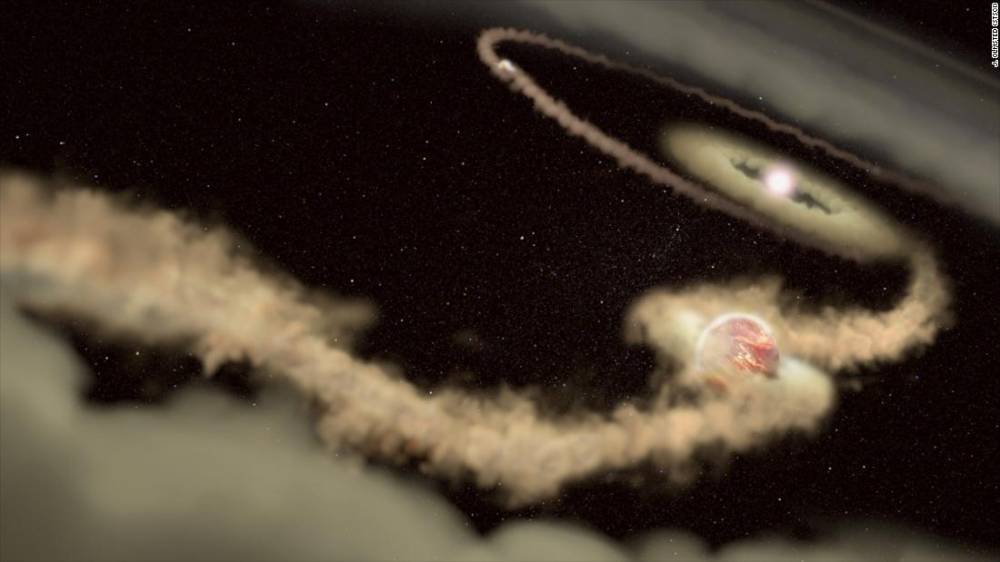
Photos: Weird and wonderful planets beyond our solar systemThis artist’s illustration shows two gas giant exoplanets orbiting the young star PDS 70. These planets are still growing by gathering material from a surrounding disk. In the process, they have gravitationally carved out a large gap in the disk.Hide Caption 33 of 65

Photos: Weird and wonderful planets beyond our solar systemAn artist’s illustration of HD 21749c, the first Earth-size planet found by TESS, as well as its sibling, HD 21749b, a warm mini-Neptune.Hide Caption 34 of 65
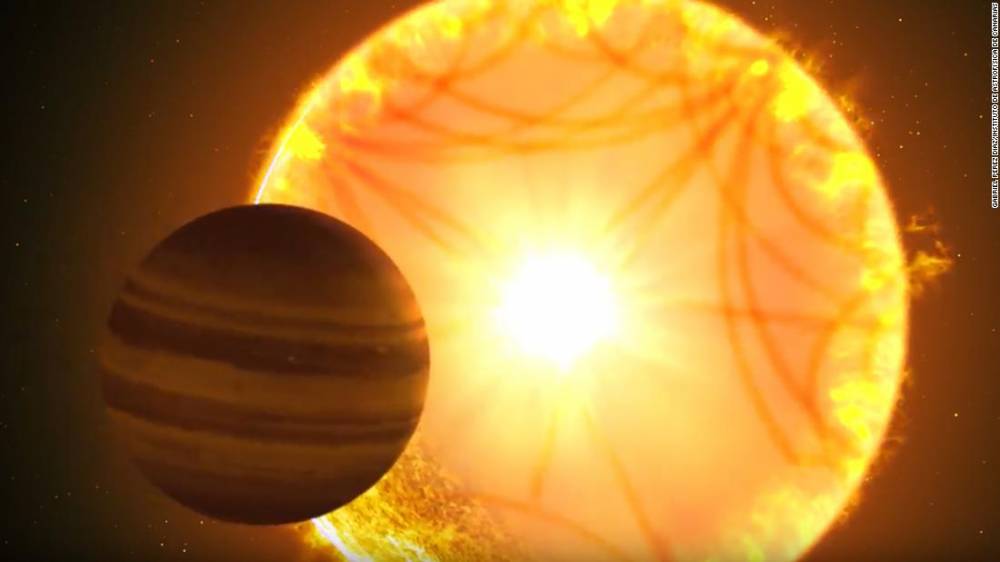
Photos: Weird and wonderful planets beyond our solar systemA “hot Saturn” passes in front of its host star in this illustration. Astronomers who study stars used “starquakes” to characterize the star, which provided critical information about the planet.Hide Caption 35 of 65

Photos: Weird and wonderful planets beyond our solar systemArtist’s concept of TESS against background of stars & orbiting planets in the Milky Way. Credit: ESA, M. Kornmesser (ESO), Aaron E. Lepsch (ADNET Systems Inc.), Britt Griswold (Maslow Media Group), NASA’s Goddard Space Flight Center & Cornell UniversityHide Caption 36 of 65
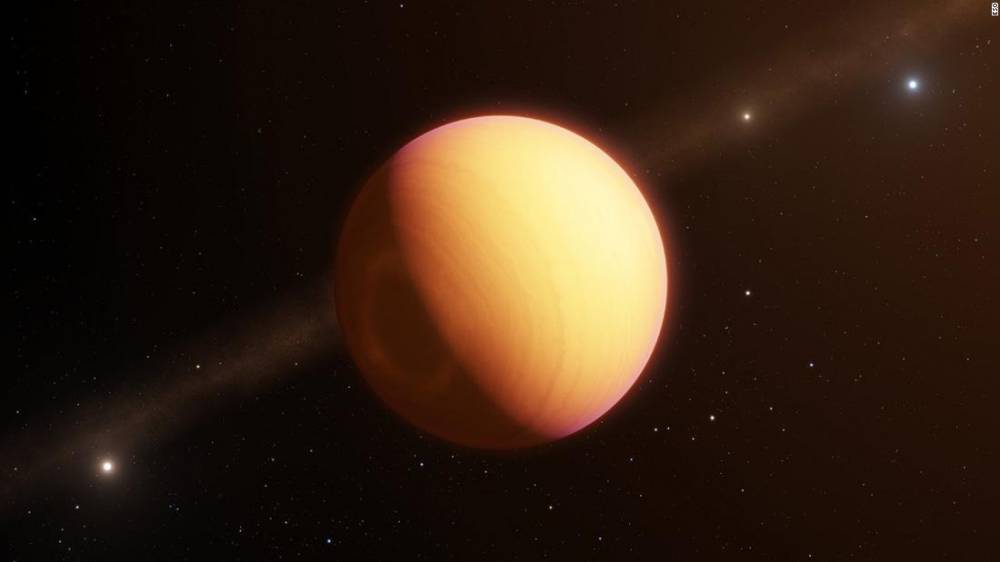
Photos: Weird and wonderful planets beyond our solar systemA super-telescope made the first direct observation of an exoplanet using optical interferometry. This method revealed a complex exoplanetary atmosphere with clouds of iron and silicates swirling in a planet-wide storm. The technique presents unique possibilities for characterizing many of the exoplanets known today.Hide Caption 37 of 65

Photos: Weird and wonderful planets beyond our solar systemThis image shows an artist’s impression of the surface of Barnard’s star b, a cold Super-Earth discovered orbiting Barnard’s star 6 light-years away.Hide Caption 38 of 65
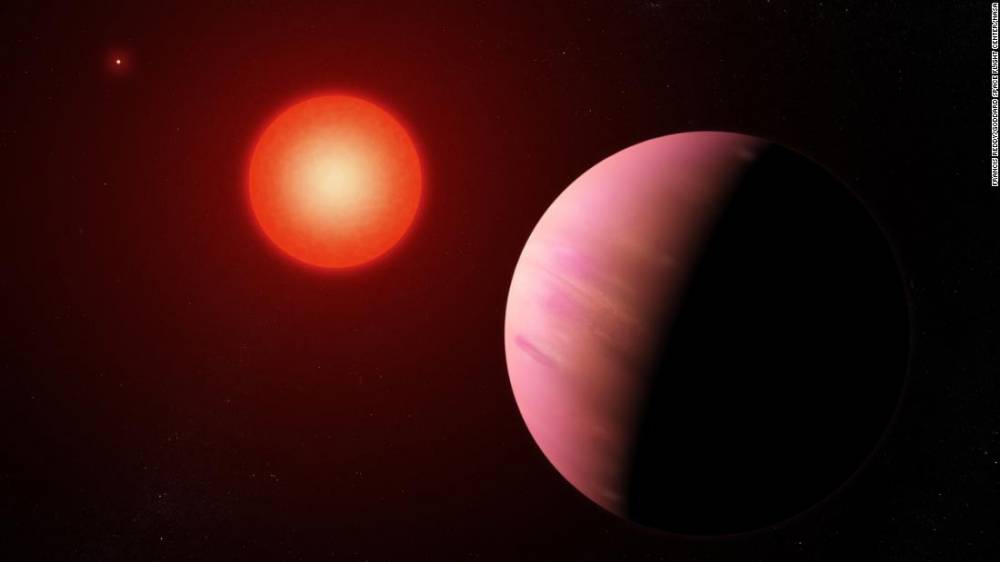
Photos: Weird and wonderful planets beyond our solar systemThis artist’s illustration shows newly discovered exoplanet K2-288Bb, 226 light-years away and half the size of Neptune. It orbits the fainter member of a pair of cool M-type stars every 31.3 days. Hide Caption 39 of 65

Photos: Weird and wonderful planets beyond our solar systemThis is an artist’s impression of the exoplanet HAT-P-11b. The planet has an extended helium atmosphere that’s being blown away by the star, an orange dwarf star smaller but more active than our sun.Hide Caption 40 of 65
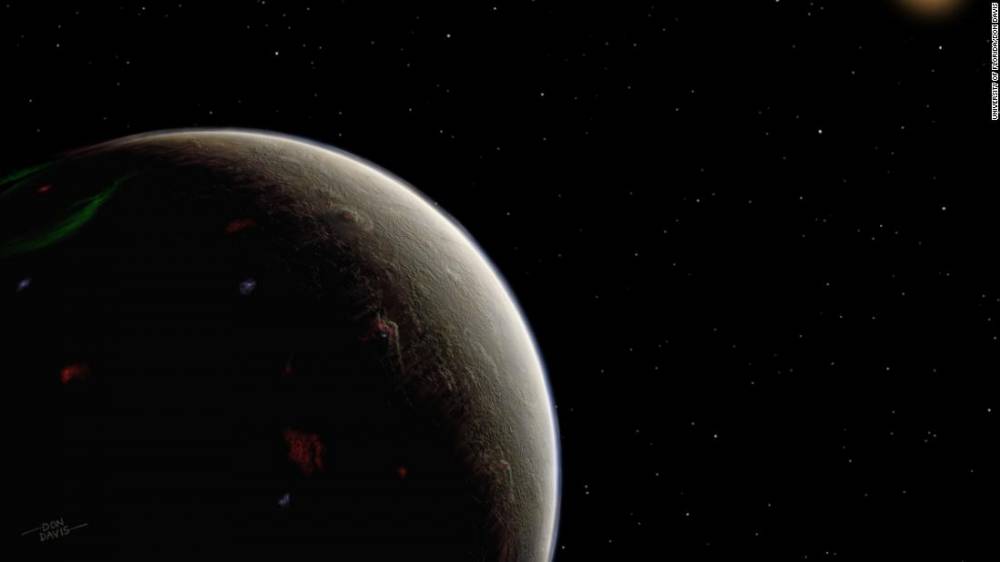
Photos: Weird and wonderful planets beyond our solar systemAn artist’s illustration of what the super-Earth found around the orange-hued star HD 26965 (also known as 40 Eridani A) might look like. The recently discovered exoplanet is being compared to the fictional planet of Vulcan because Star Trek creator Gene Roddenberry said the star was the ideal candidate to host Vulcan, Mr. Spock’s home world.Hide Caption 41 of 65

Photos: Weird and wonderful planets beyond our solar systemThe TRAPPIST-1 star, an ultra-cool dwarf, has seven Earth-size planets orbiting it.Hide Caption 42 of 65
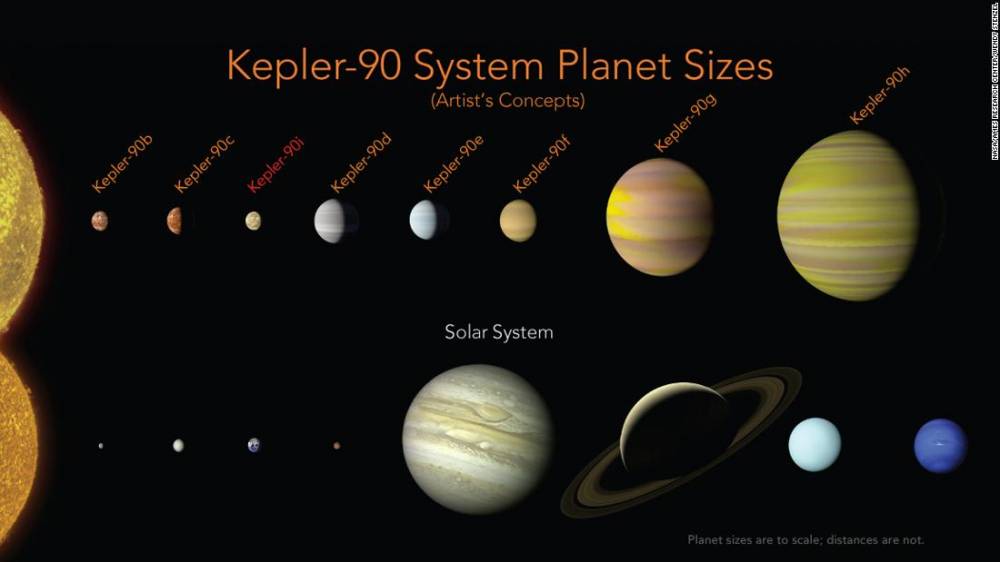
Photos: Weird and wonderful planets beyond our solar systemFor the first time, eight planets have been found orbiting another star, tying with our solar system for the most known planets around a single star. The Kepler-90 system is in the constellation Draco, more than 2,500 light-years from Earth. Hide Caption 43 of 65

Photos: Weird and wonderful planets beyond our solar systemThis artist’s illustration shows exoplanet Ross 128 b, with its red dwarf host star in the background. The planet is only 11 light-years from our solar system. It is now the second-closest temperate planet to be detected, after Proxima b.Hide Caption 44 of 65
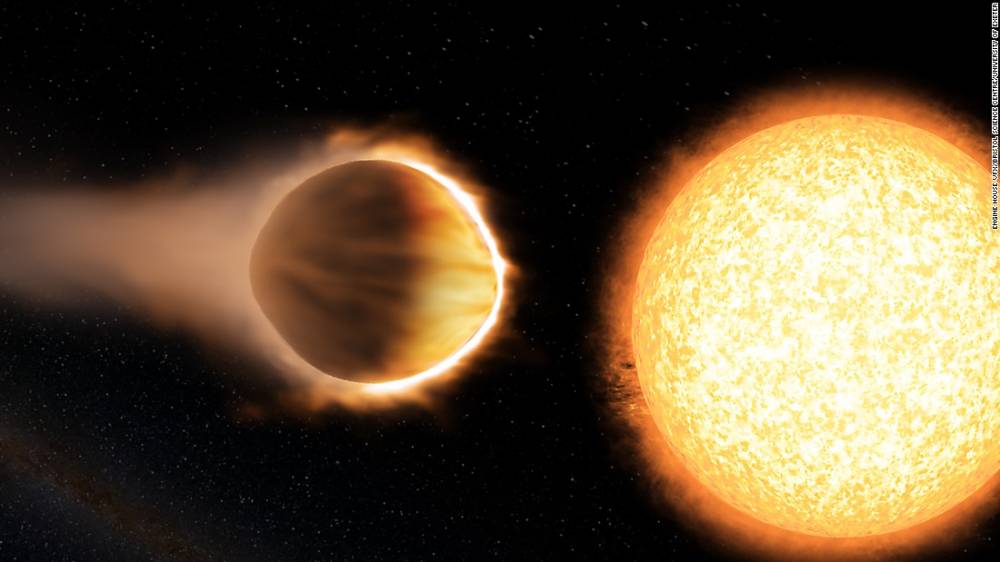
Photos: Weird and wonderful planets beyond our solar systemWASP-121b, 880 light-years away, is considered a hot Jupiter-like planet. It has a greater mass and radius than Jupiter, making it “puffier.” If WASP-121b were any closer to its host star, it would be ripped apart by the star’s gravity. Hide Caption 45 of 65

Photos: Weird and wonderful planets beyond our solar systemNASA’s Kepler space telescope team has identified 219 more planet candidates, 10 of which are near-Earth size and in the habitable zone of their stars.Hide Caption 46 of 65
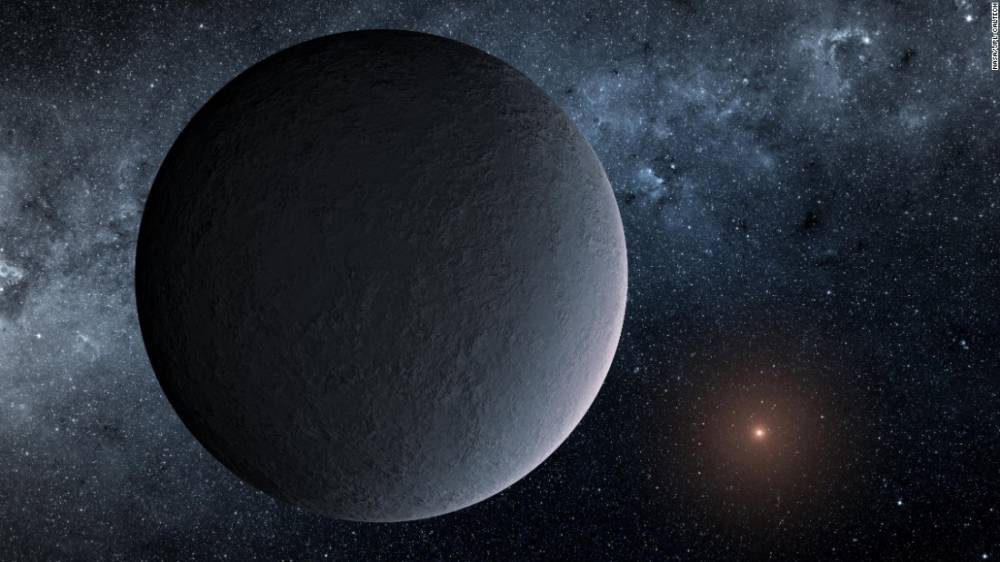
Photos: Weird and wonderful planets beyond our solar systemThis artist’s concept shows OGLE-2016-BLG-1195Lb, a planet orbiting an incredibly faint star 13,000 light-years away from us. It is an “iceball” planet with temperatures reaching minus-400 degrees Fahrenheit. Hide Caption 47 of 65

Photos: Weird and wonderful planets beyond our solar systemLHS 1140b is located in the liquid water habitable zone surrounding its host star, a small, faint red star named LHS 1140. The planet weighs about 6.6 times the mass of Earth and is shown passing in front of LHS 1140. Depicted in blue is the atmosphere the planet may have retained.Hide Caption 48 of 65
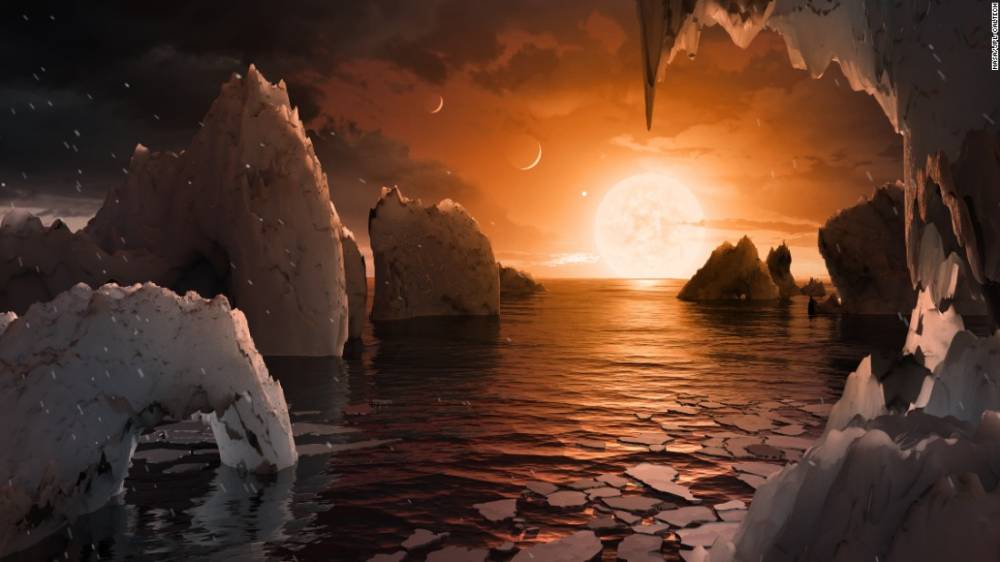
Photos: Weird and wonderful planets beyond our solar systemAn artist’s concept image of the surface of the exoplanet TRAPPIST-1f. Of the seven exoplanets discovered orbiting the ultracool dwarf star TRAPPIST-1, this one may be the most suitable for life. It is similar in size to Earth, is a little cooler than Earth’s temperature and is in the habitable zone of the star, meaning liquid water (and even oceans) could be on the surface. The proximity of the star gives the sky a salmon hue, and the other planets are so close that they appear in the sky, much like our own moon. Hide Caption 49 of 65

Photos: Weird and wonderful planets beyond our solar systemArtist’s conception of the binary system with three giant planets discovered, where one star hosts two planets and the other hosts the third. The system represents the smallest-separation binary in which both stars host planets that has ever been observed.Hide Caption 50 of 65
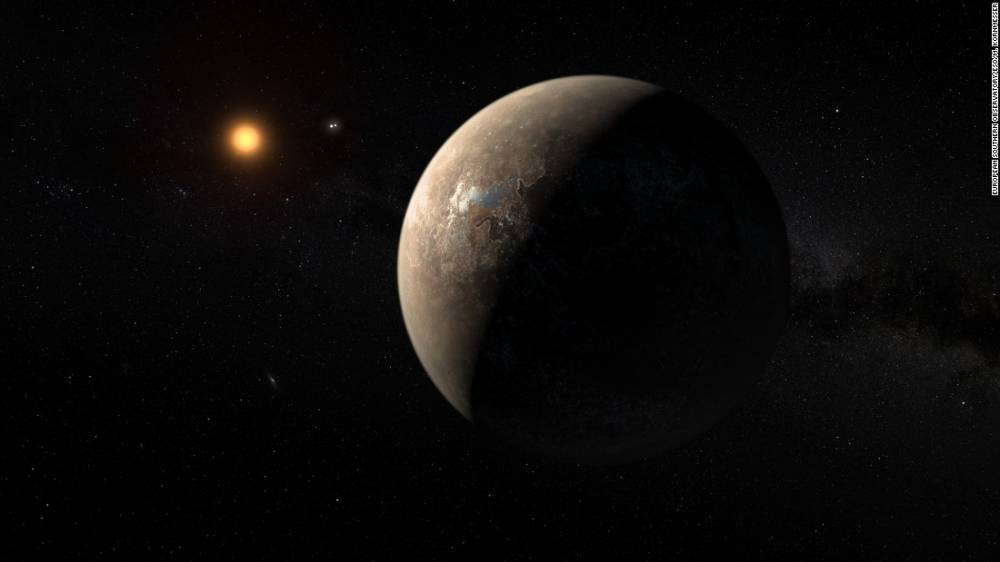
Photos: Weird and wonderful planets beyond our solar systemThis artist’s impression shows the planet Proxima b orbiting the red dwarf star Proxima Centauri, the closest star to our solar system. Hide Caption 51 of 65

Photos: Weird and wonderful planets beyond our solar systemAn artist’s rendering shows Earth-sized exoplanets TRAPPIST-1b and 1c in a rare double transit event as they pass in front of their ultracool red dwarf star, which allowed Hubble to take a peek at at their atmospheres. Hide Caption 52 of 65
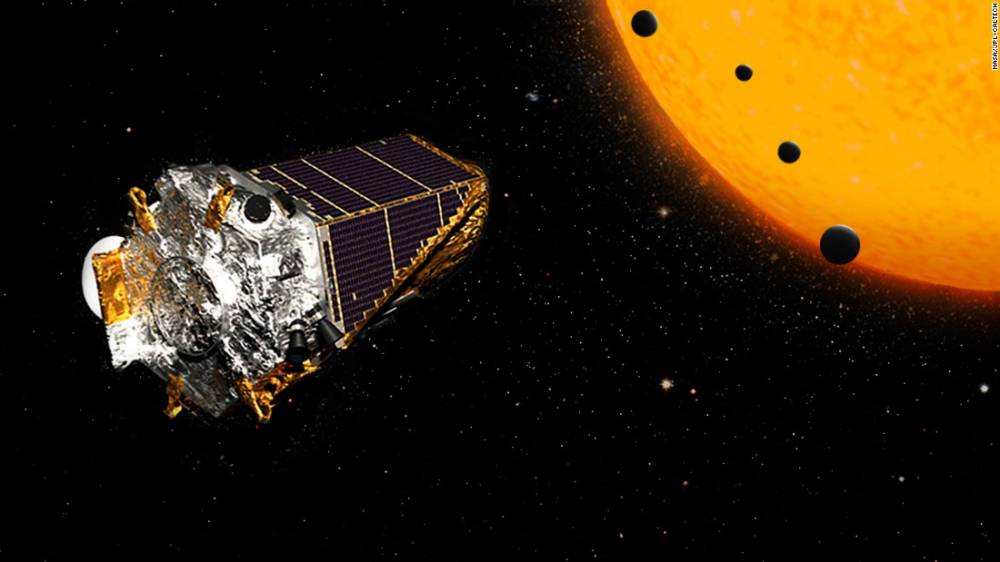
Photos: Weird and wonderful planets beyond our solar systemOut of a new discovery of 104 exoplanets, astronomers found four similar in size to Earth that are orbiting a dwarf star. Two of them have the potential to support life. The craft depicted in this illustration is the NASA Kepler Space Telescope, which has helped confirm the existence of thousands of exoplanets. Hide Caption 53 of 65

Photos: Weird and wonderful planets beyond our solar systemThis artist’s impression shows a view of the triple-star system HD 131399 from close to the giant planet orbiting in the system. Located about 320 light-years from Earth, the planet is about 16 million years old, making it also one of the youngest exoplanets discovered to date.Hide Caption 54 of 65
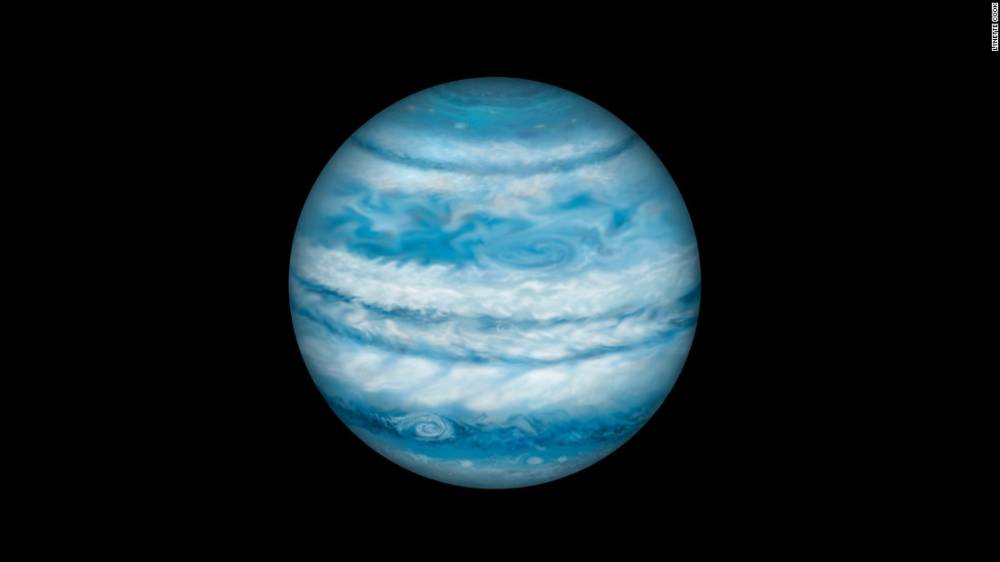
Photos: Weird and wonderful planets beyond our solar systemAn artistic impression of the planet Kepler-1647b, which is nearly identical to Jupiter in both size and mass. The planet is expected to be roughly similar in appearance. But it is much warmer: Kepler-1647b is in the habitable zone. Hide Caption 55 of 65

Photos: Weird and wonderful planets beyond our solar systemHD-106906b is a gaseous planet 11 times more massive than Jupiter. The planet is believed to have formed in the center of its solar system, before being sent flying out to the edges of the region by a violent gravitational event. Hide Caption 56 of 65
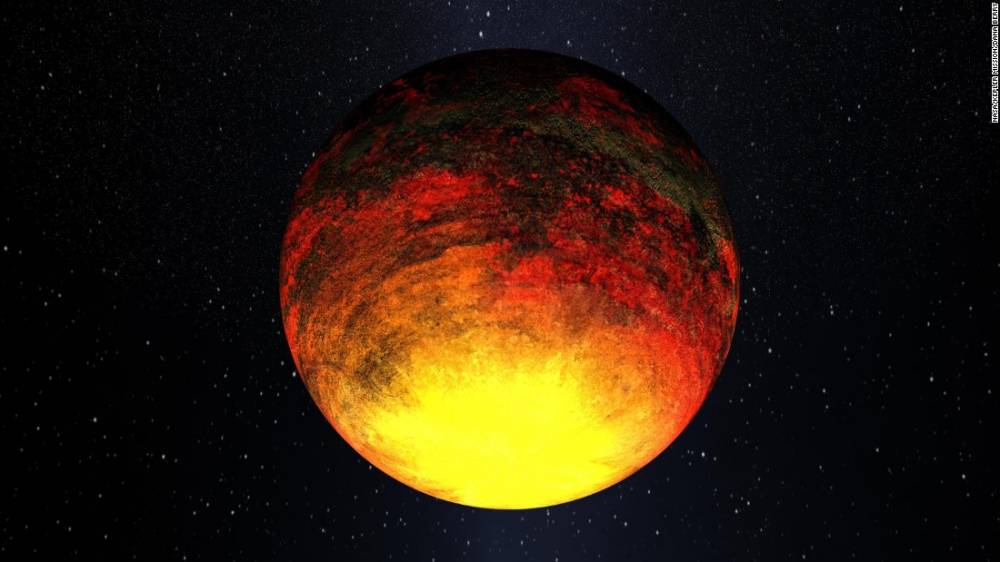
Photos: Weird and wonderful planets beyond our solar systemKepler-10b orbits at a distance more than 20 times closer to its star than Mercury is to our own sun. Daytime temperatures exceed 1,300 degrees Celsius (2,500 degrees Fahrenheit), which is hotter than lava flows on Earth. Hide Caption 57 of 65

Photos: Weird and wonderful planets beyond our solar systemThis Jupiter-like planet in the HD-188753 system, 149 light-years from Earth, has three suns. The main star is similar in mass to our own Sun. The system has been compared to Luke Skywalker’s home planet Tatooine in “Star Wars.” Hide Caption 58 of 65
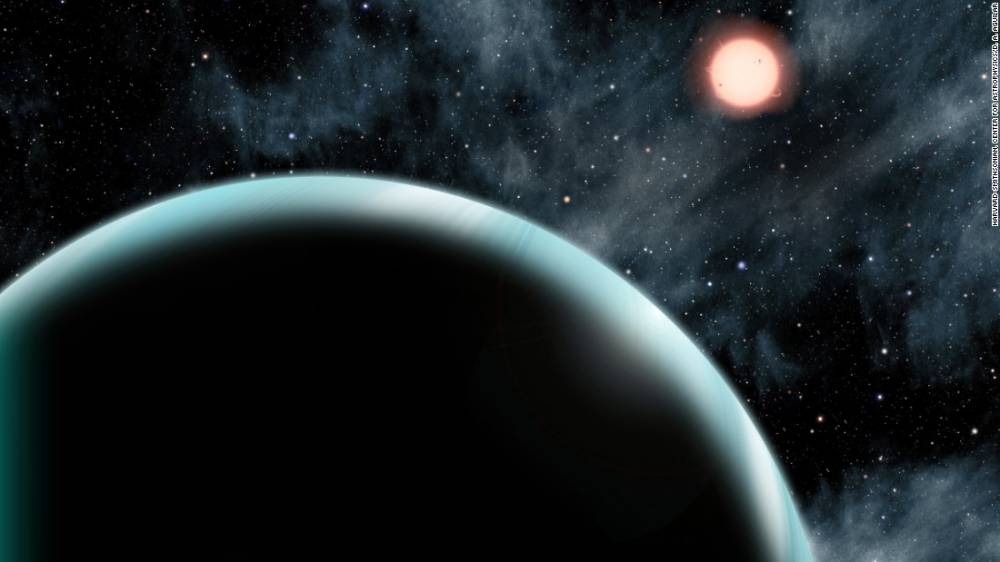
Photos: Weird and wonderful planets beyond our solar systemKepler-421b is a Uranus-sized transiting exoplanet with the longest known year, as it circles its star once every 704 days. The planet orbits an orange, K-type star that is cooler and dimmer than our Sun and is located about 1,000 light-years from Earth in the constellation Lyra. Hide Caption 59 of 65

Photos: Weird and wonderful planets beyond our solar systemAstronomers discovered two planets less than three times the size of Earth orbiting sun-like stars in a crowded stellar cluster approximately 3,000 light-years from Earth in the constellation Cygnus.Hide Caption 60 of 65
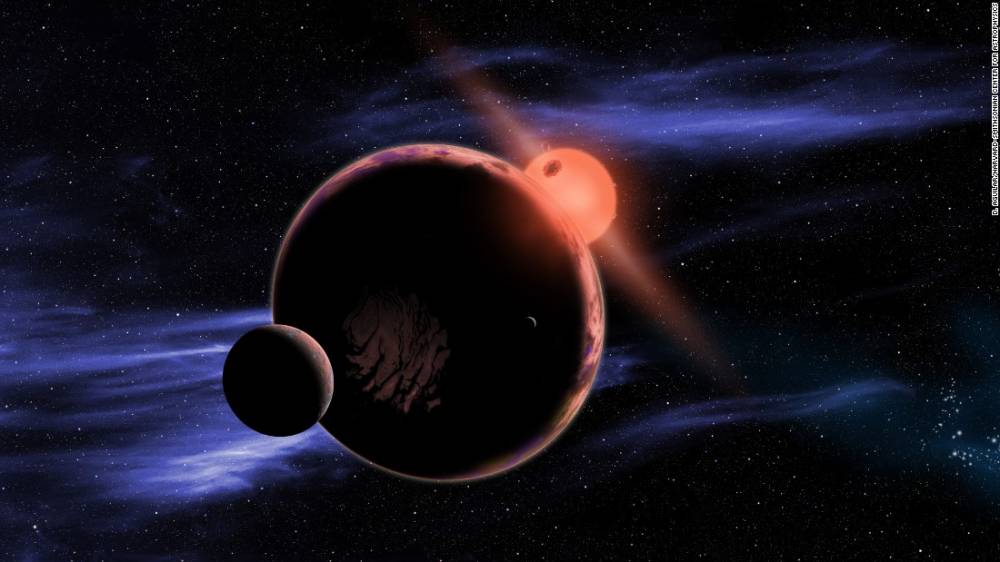
Photos: Weird and wonderful planets beyond our solar systemThis artist’s conception shows a hypothetical planet with two moons orbiting in the habitable zone of a red dwarf star. The majority of the sun’s closest stellar neighbors are red dwarfs.Hide Caption 61 of 65

Photos: Weird and wonderful planets beyond our solar systemKepler-186f was the first validated Earth-sized planet to be found orbiting a distant star in the habitable zone. This zone a range of distance from a star where liquid water might pool on the planet’s surface.Hide Caption 62 of 65
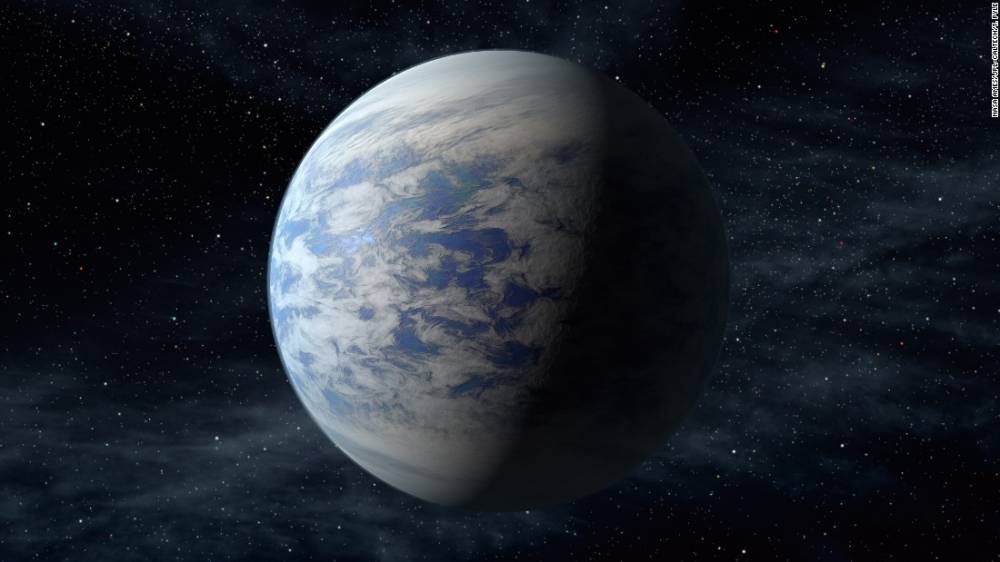
Photos: Weird and wonderful planets beyond our solar systemKepler-69c is a super-Earth-size planet similar to Venus. The planet is found in the habitable zone of a star like our sun, approximately 2,700 light years from Earth in the constellation Cygnus.Hide Caption 63 of 65

Photos: Weird and wonderful planets beyond our solar systemThe Kepler-444 system formed when the Milky Way was just 2 billion years old. The tightly packed system is home to five planets that range in size, the smallest is comparable to the size of Mercury and the largest to Venus, orbiting their sun in less than 10 days. Hide Caption 64 of 65
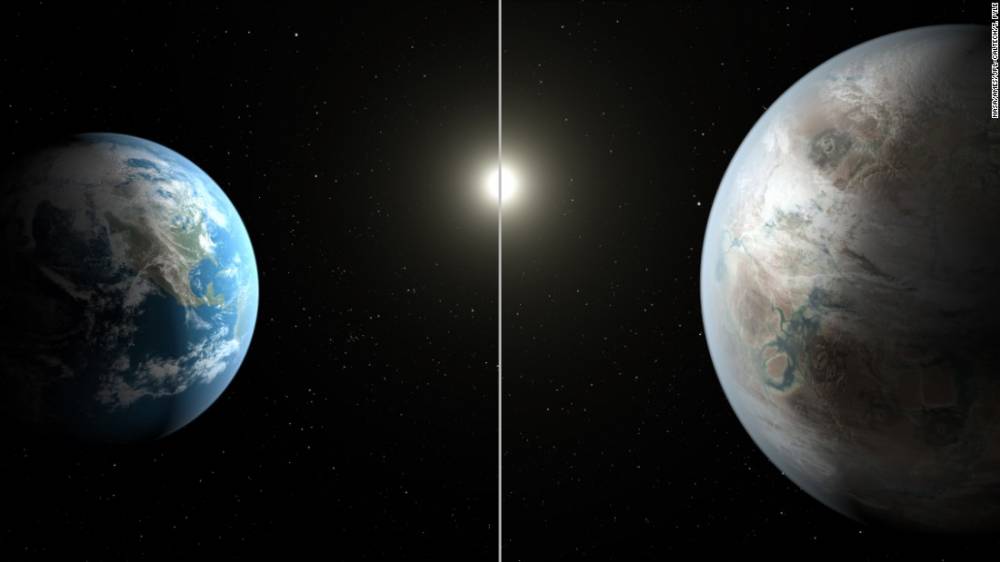
Photos: Weird and wonderful planets beyond our solar systemThis artistic concept image compares Earth, left, with Kepler-452b, which is about 60% larger. Both planets orbit a G2-type star of about the same temperature; however, the star hosting Kepler-452b is 6 billion years old — 1.5 billion years older than our sun.Hide Caption 65 of 65

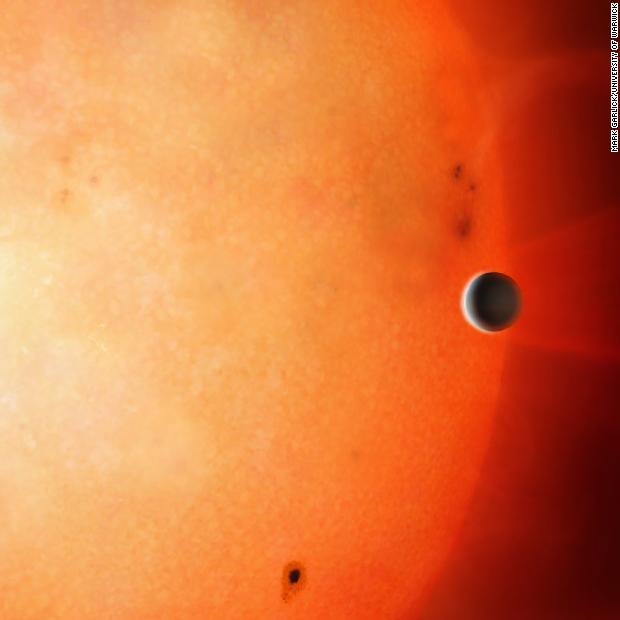

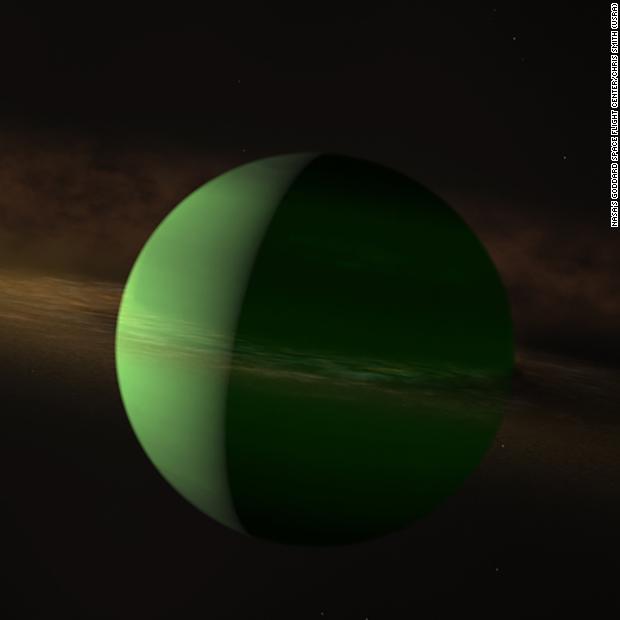

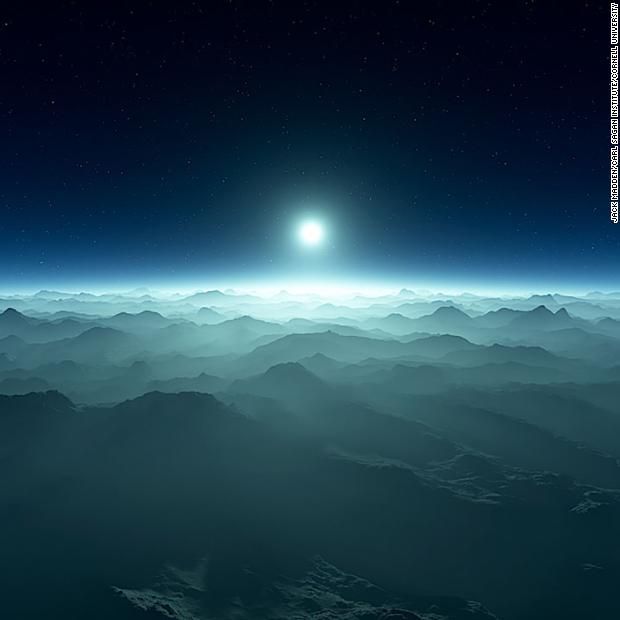

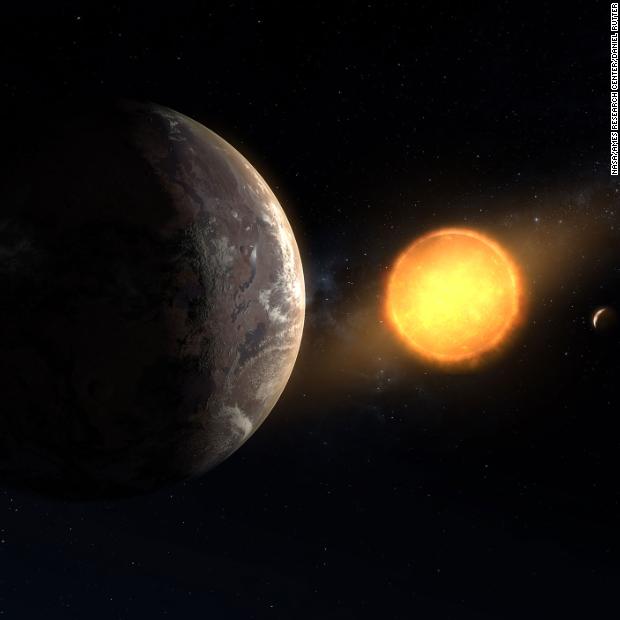

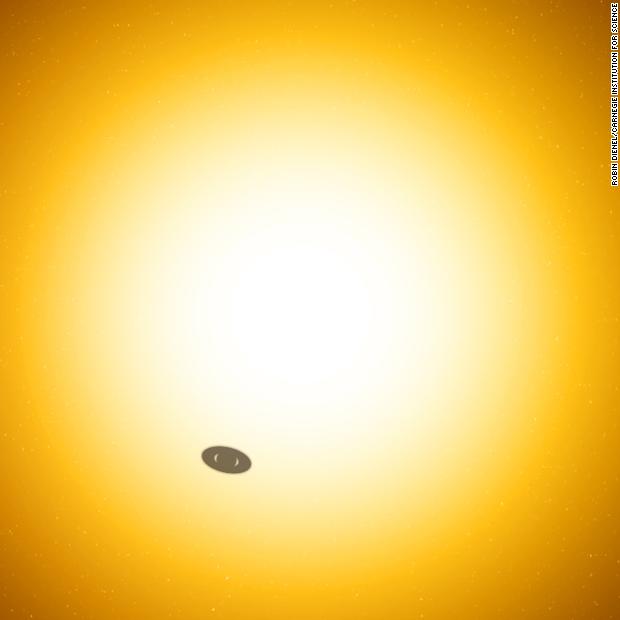

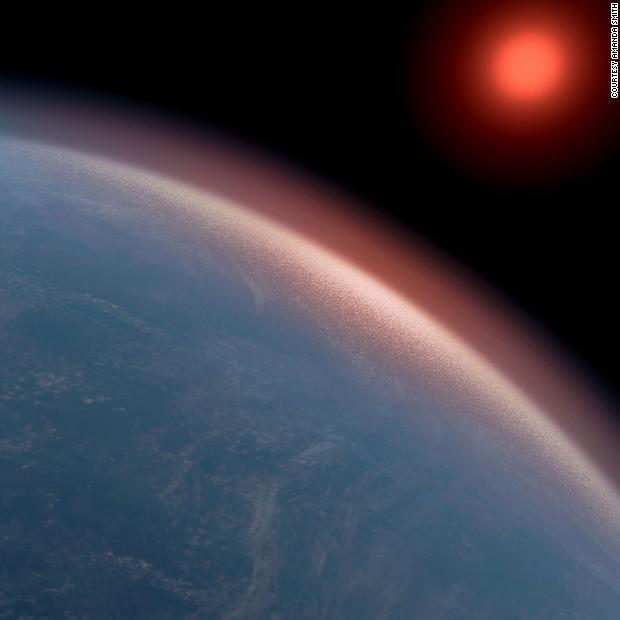

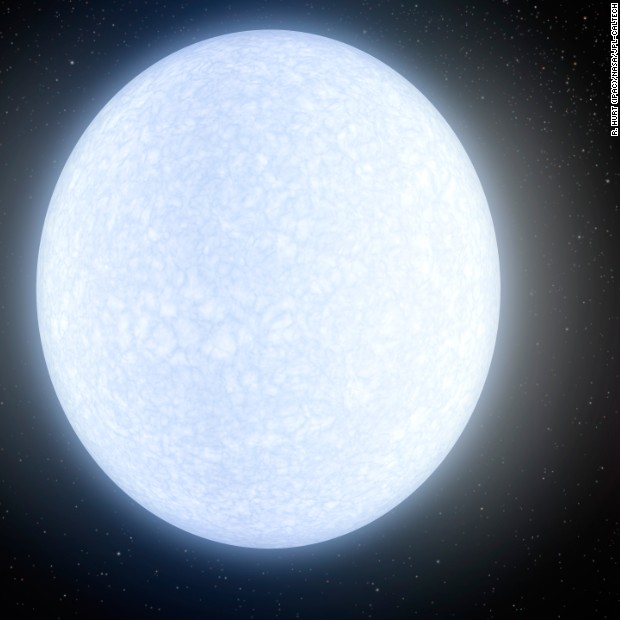

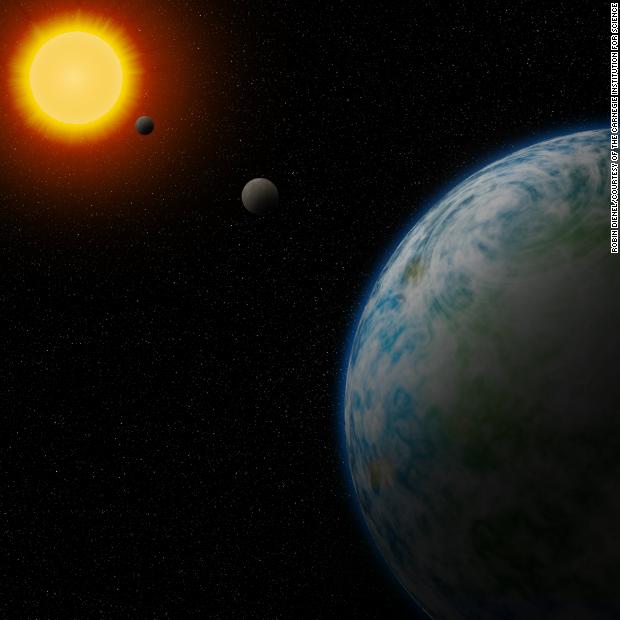

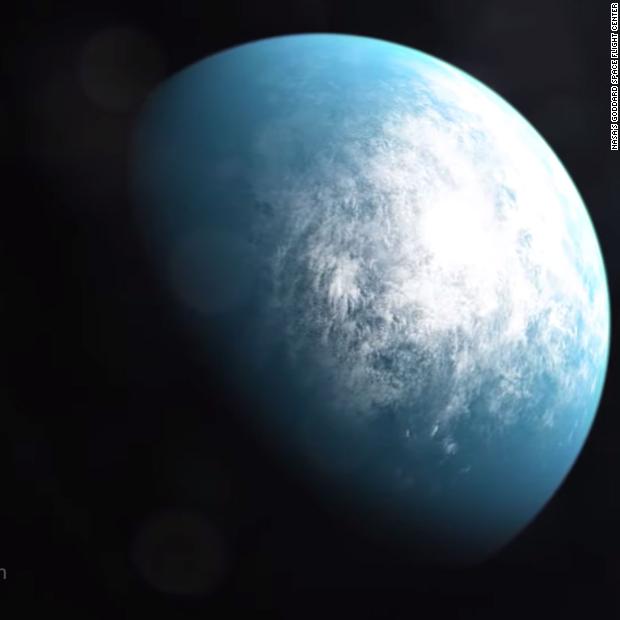

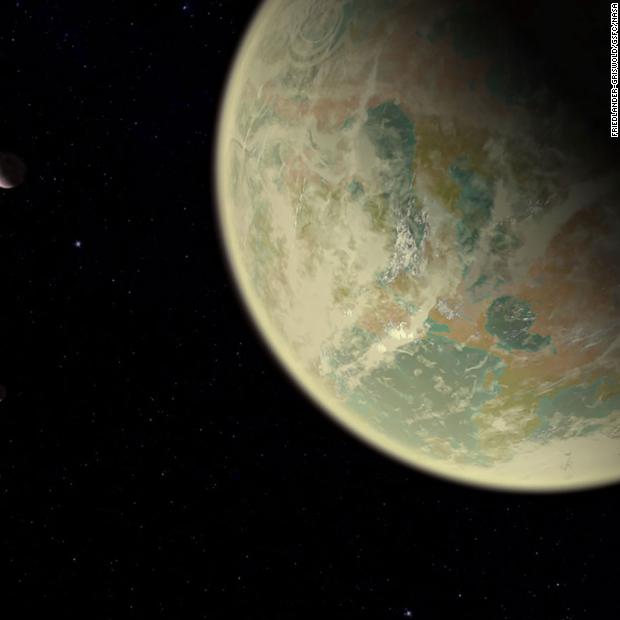

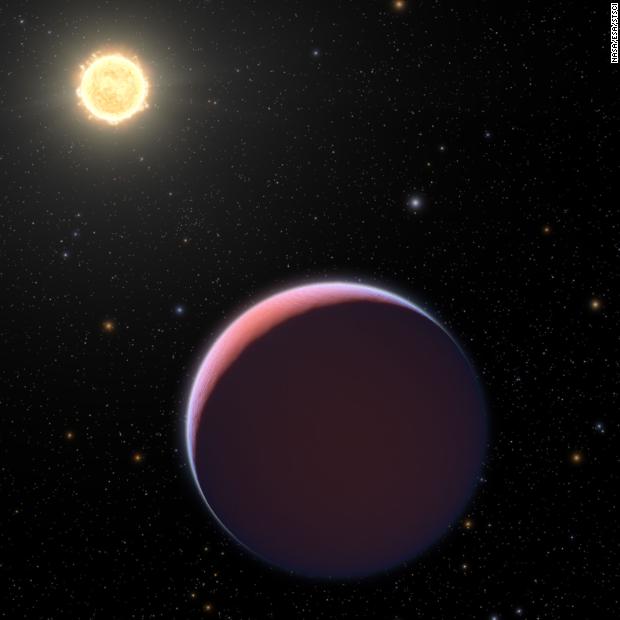

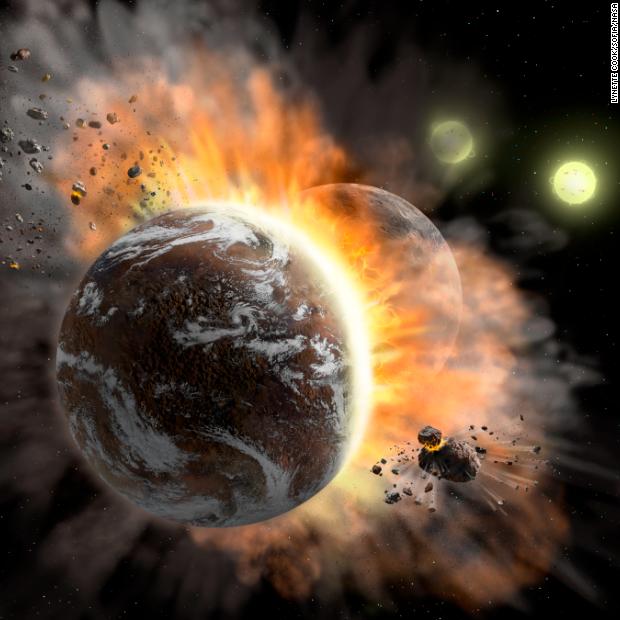

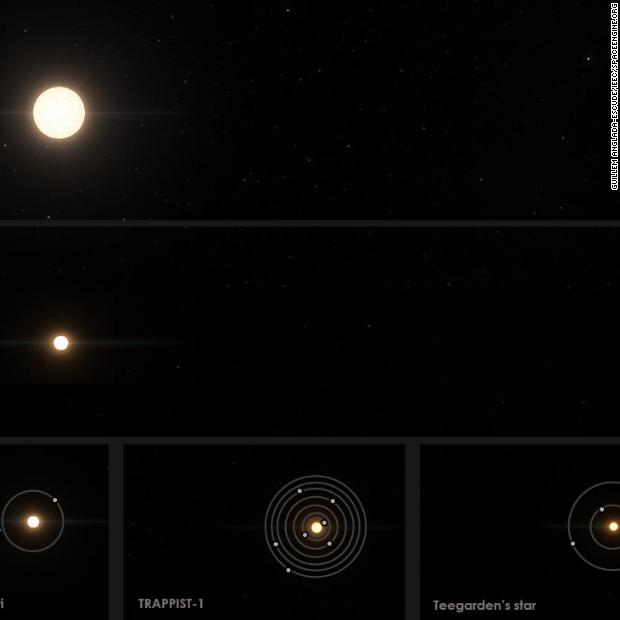

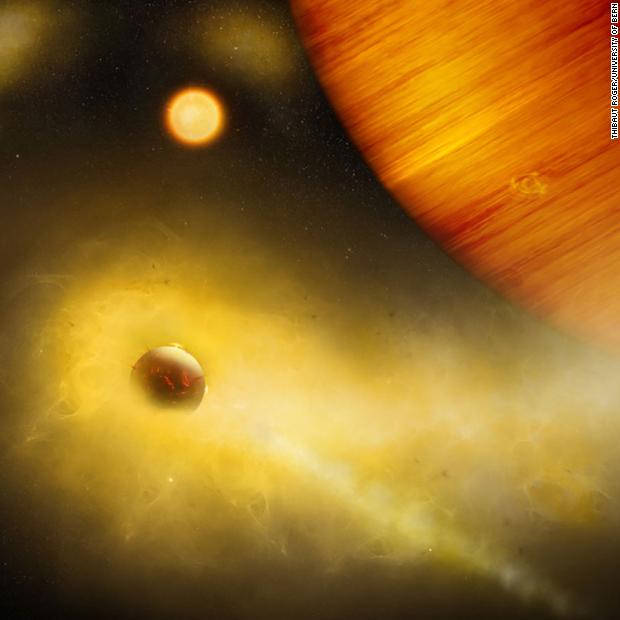

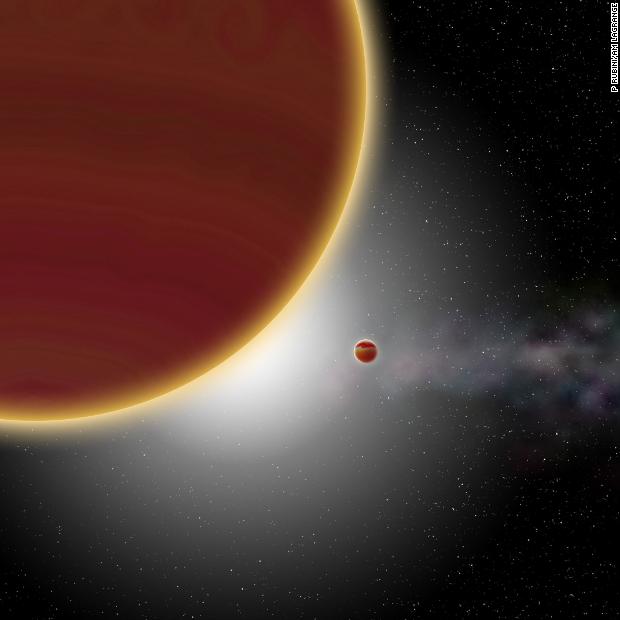

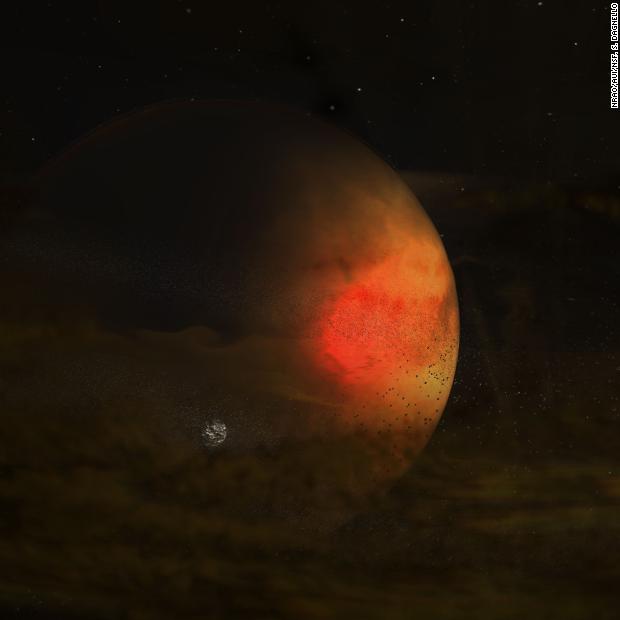

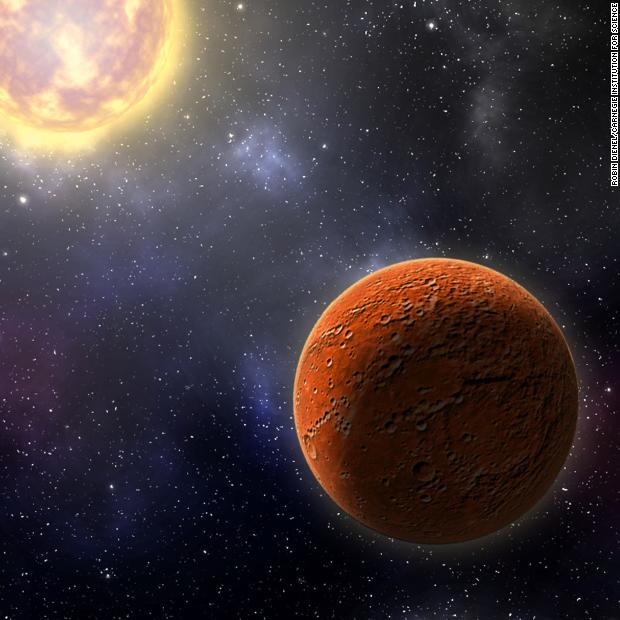

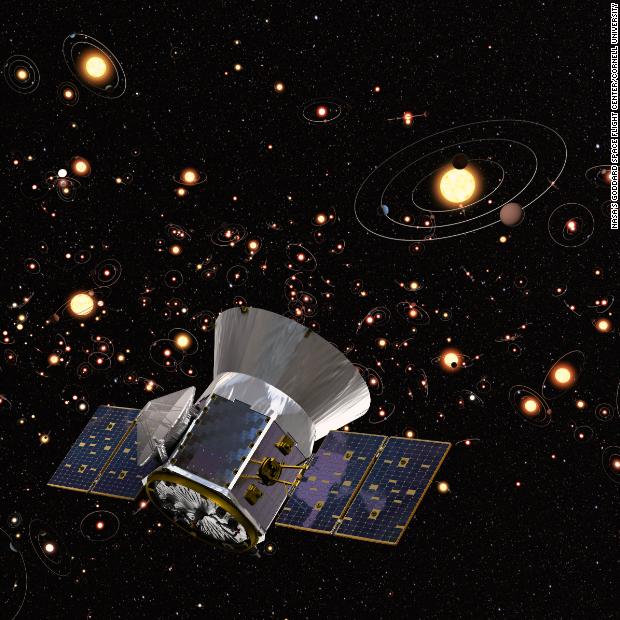

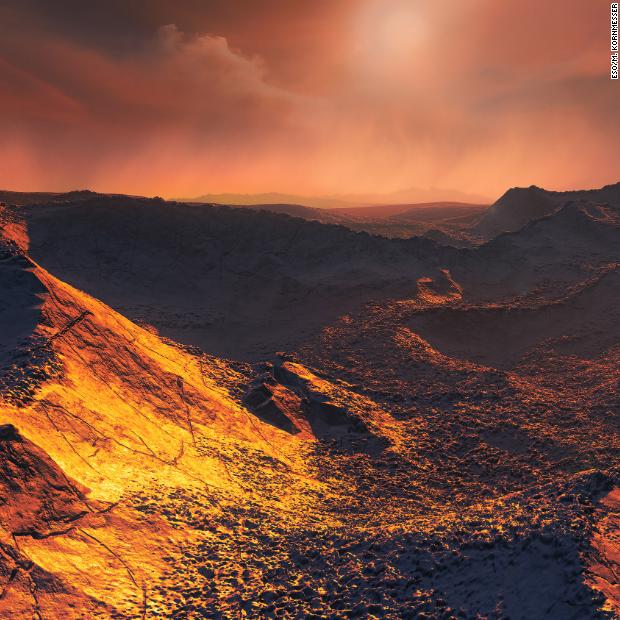

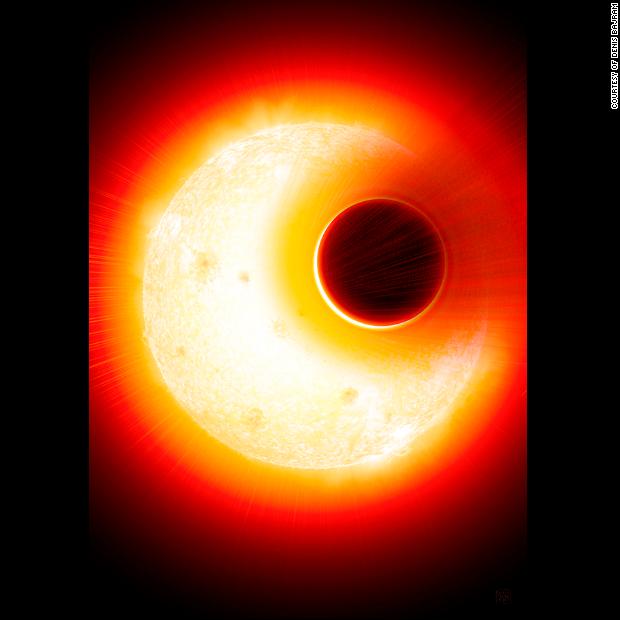

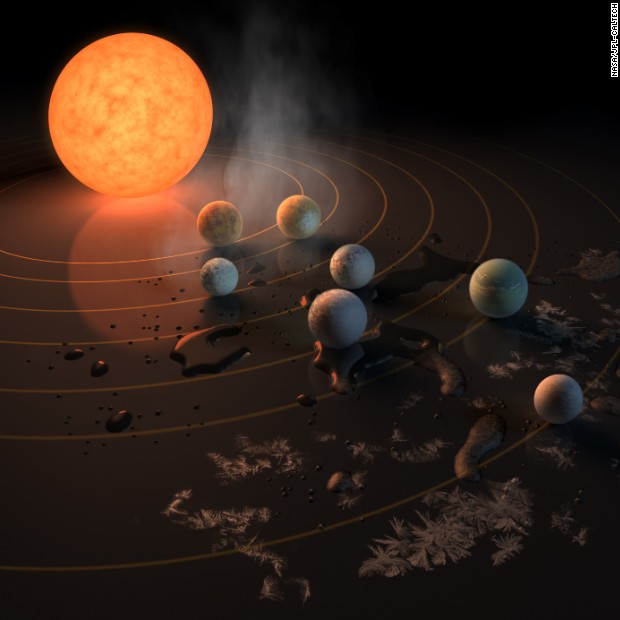



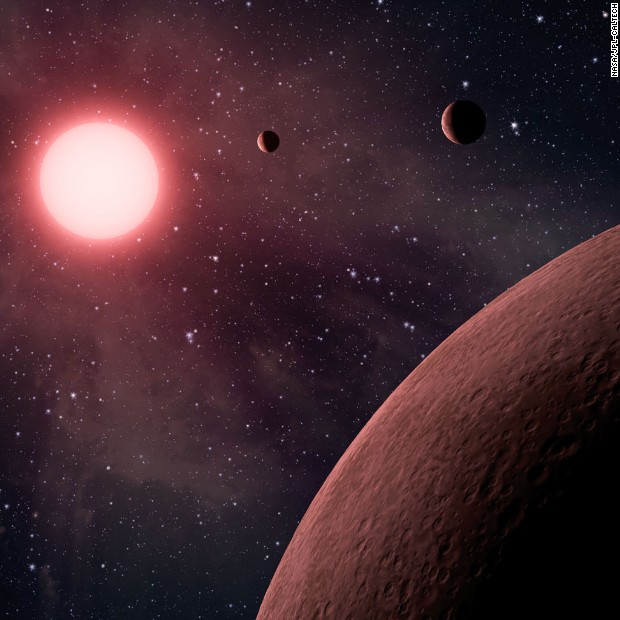

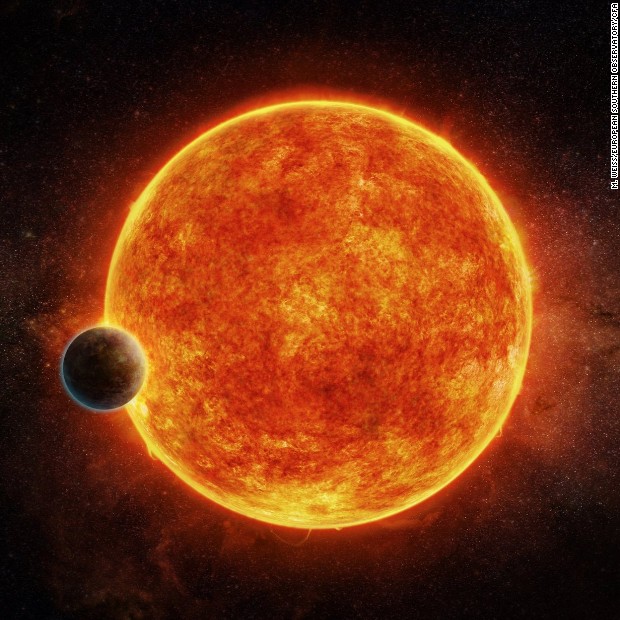

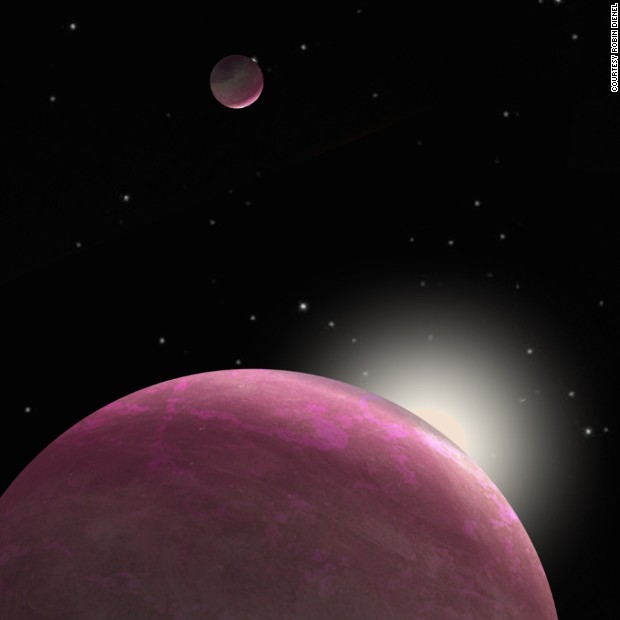

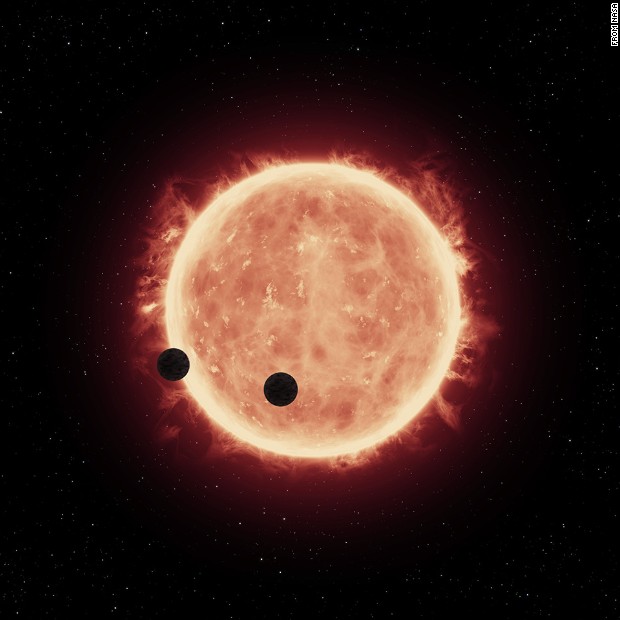

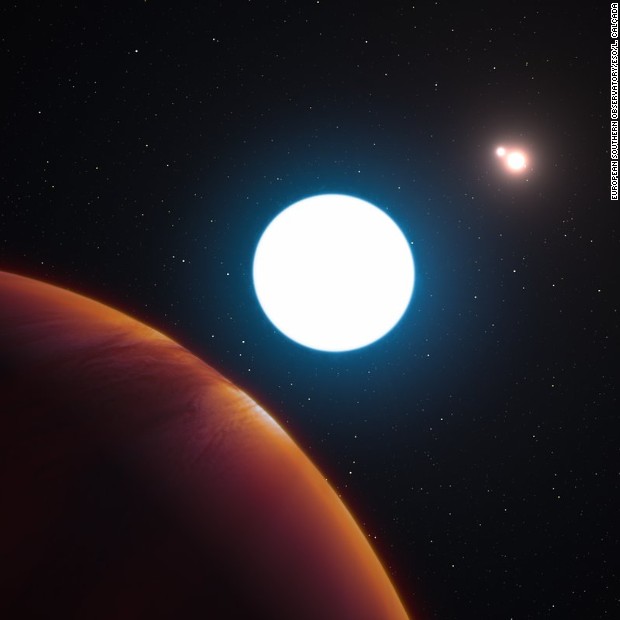

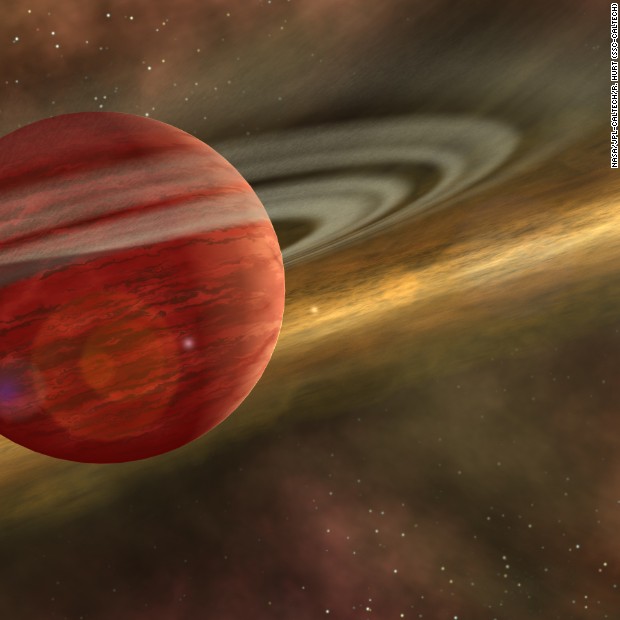

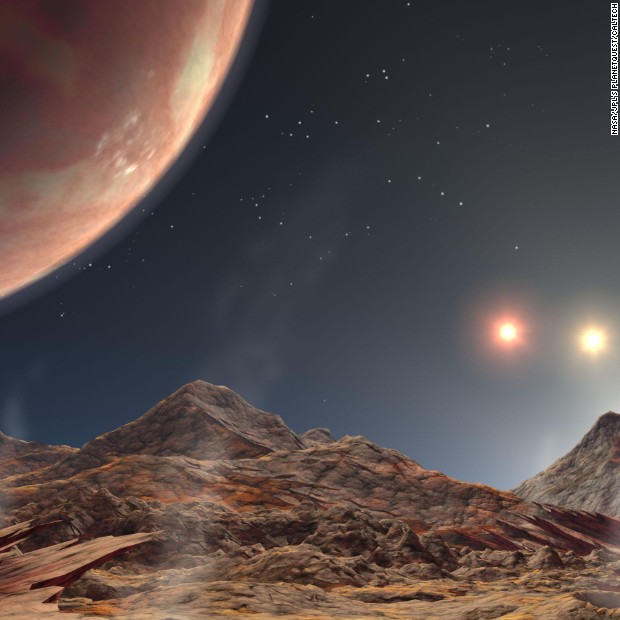

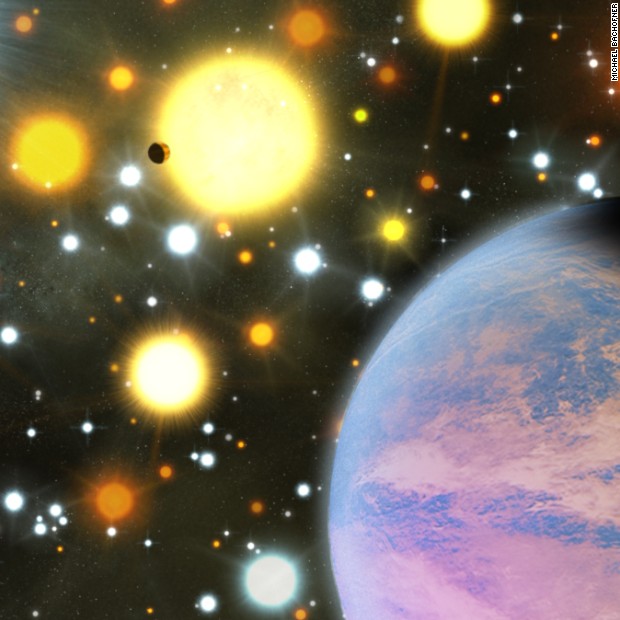

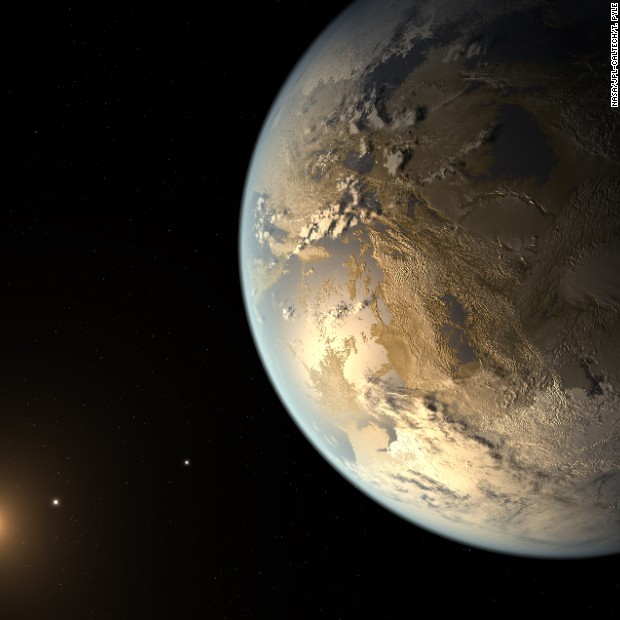

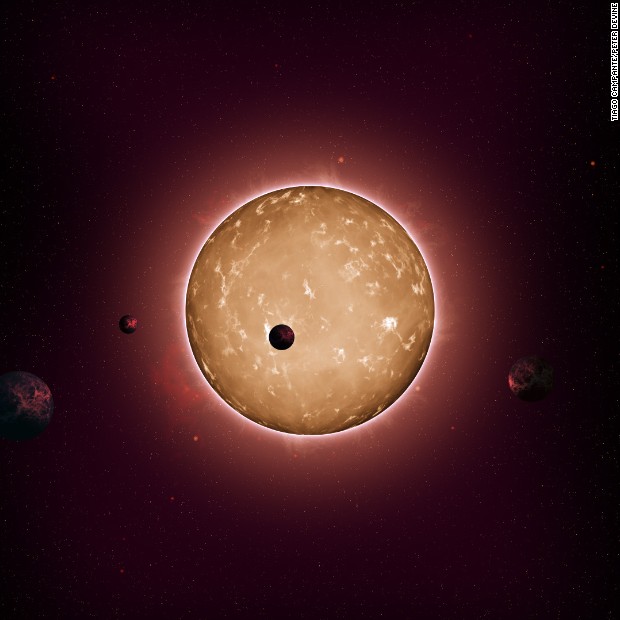

Now that the researchers know it works, they hope to use the AI for current and future telescope missions. It can provide a consistent and efficient method of validation, according to the release; once properly trained, the AI is faster than current techniques, and can be automated to perform on its own. The algorithm could “validate thousands of unseen candidates in seconds,” the study indicated. And because it’s based on machine learning, it can still be improved upon, and can continue to become more effective with each new discovery.In their study, the research team argues that astronomers should use multiple validation techniques — including this new algorithm — to confirm future exoplanet discoveries. Currently, about 30% of all known planets were validated using only one method, which is “not ideal,” said Armstrong.”We still have to spend time training the algorithm, but once that is done it becomes much easier to apply it to future candidates,” he said.Armstrong added that the algorithm could be used to analyze data from NASA’s Transiting Exoplanet Survey Satellite (TESS), an all-sky survey mission that completed its primary mission on July 4.
By mapping about 75% of the sky, TESS identified 66 new confirmed exoplanets, and nearly 2,100 potential candidates. Among the confirmed exoplanets is one the size of Earth that’s potentially habitable, orbiting a star 100 light-years away. It also discovered a planet orbiting two suns, like Tatooine in the Star Wars films.TESS is now on an extended mission until 2022, while scientists work to validate and confirm which of the remaining potential candidates are real planets.
Source: edition.cnn.com

